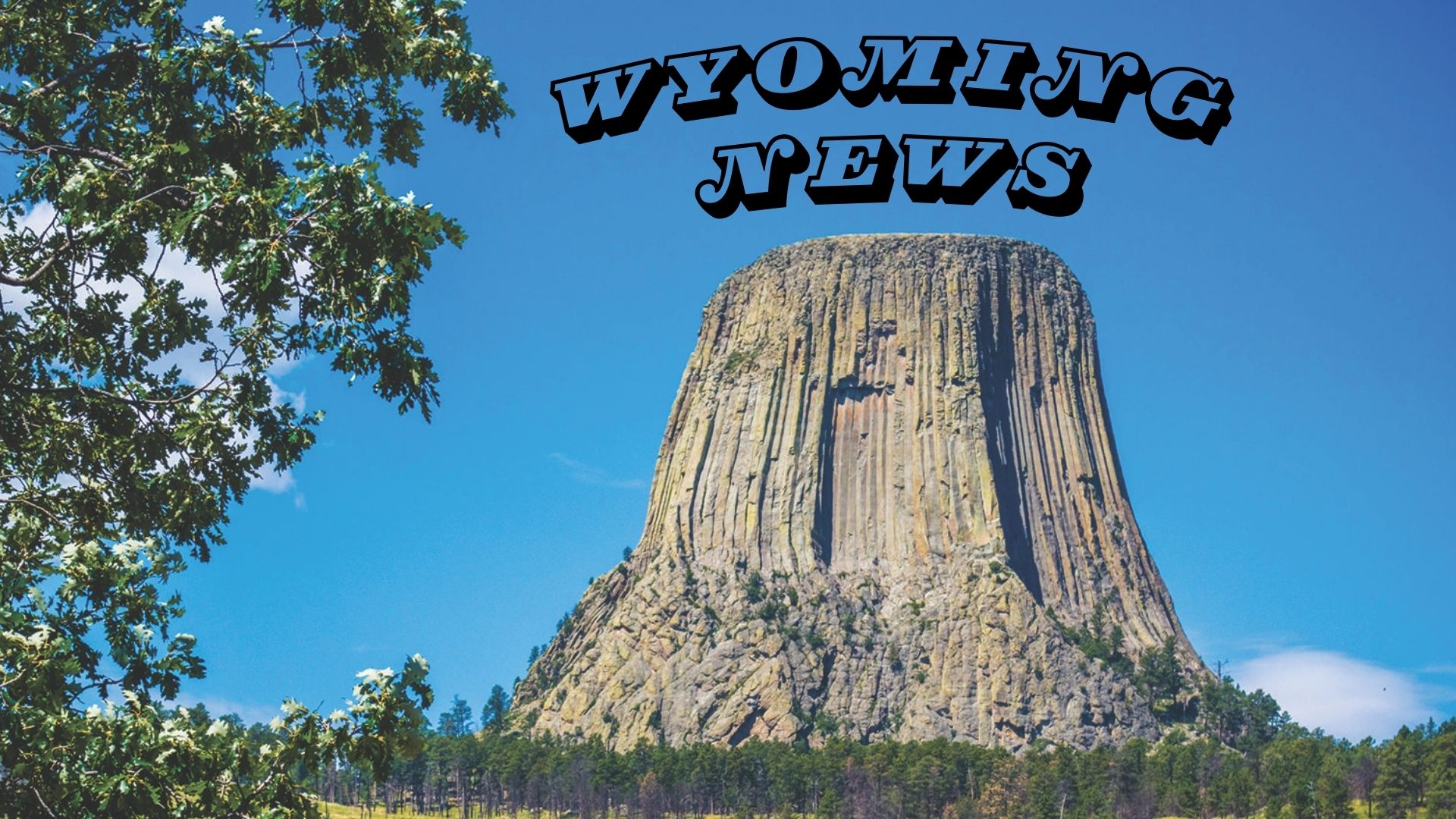Former Yellowstone resource chief seeks 'audacious acts' of conservatism

By Billy Arnold
Jackson Hole News&Guide
Via Wyoming News Exchange
JACKSON — Tom Olliff was leaving the Thorofare, the most remote region in the lower 48 states, and walking toward Yellowstone National Park’s southern entrance when he noticed something unsettling.
A dry, brown grass had spread across the landscape.
“I was shocked to see fields and fields of cheatgrass,” Olliff said. “I know cheatgrass is invading a lot of places, and I know to expect cheatgrass in the Northern Range. I certainly did not expect to see it there.”
Olliff lived in Yellowstone for 32 years, working as a ranger, biologist and eventually, the head of the Yellowstone Center for Resources, a job where he oversaw the park’s bear, wolf, elk, bison, geology, archeology, and fish programs.
Now, Olliff is preparing to retire as he heads up a climate change program in the Intermountain West.
In early September, he addressed a crowd of researchers and land managers at the 16th Biennial Scientific Conference on the Greater Yellowstone Ecosystem in Big Sky, Montana.
As those scientists and policymakers study and battle climate change and the impacts of rapid economic growth, he told the room to prepare for loss. Specifically, he implored them to prepare to grieve as landscapes change or disappear in the coming decades — whether that’s stands of whitebark pine slowly becoming ghost forests of dead trees, or the fields of invasive grass that recently shocked him in southern Yellowstone.
“Loss — it’s a real thing, and it’s going to happen, and we can’t stop all of it,” Olliff said. “But to counteract loss, I hope that all of us can be engaged in what I call ‘audacious acts of conservation.’ ”
Olliff came up with the term last year when he traveled to Olympic National Park in Washington. Looking for something to do, he called up Cat Hawkins Hoffman, head of a National Park Service initiative aimed at helping park managers understand their vulnerabilities and adapt to climate change.
Hoffman told Olliff to go visit the former site of the Glines Canyon Dam.
Originally built in 1927 to power Port Angeles, industry and military installations on the tip of the Olympic Peninsula, the Glines dam and its downstream neighbor, the Elwha Dam, soon blocked salmon migrations, disrupted the flow of sediment downriver and flooded the homeland of the Lower Elwha Klallam Tribe.
The tribe and its allies lobbied Congress to remove the dams and, in 1982, officials in Washington, D.C., agreed. But the dams weren’t fully removed until 2014, delaying the salmon’s return for 30 years.
Olliff, however, sees the effort as a success.
“Thinking about how long that process took and how much effort it took — it really made me think that that’s an audacious act of conservation, and we don’t get to do those very often,” he said.
But we should, he added, and we should do so every chance we get.
In the year since, Olliff has come to define “audacious acts of conservation” as projects that take a long time to realize, plan and execute; cost a lot of money; and overcome significant opposition. Managers and advocates need many stakeholders at the table to make it work. But if the project does work, Olliff argued that it will have ripple effects beyond its immediate geography.
In Yellowstone, he pointed to two “audacious” projects: the reintroduction of wolves in 1995 and the decadeslong process of recovering grizzly bear populations, which began with their protection under the Endangered Species Act in 1975 and is ongoing today.
In Montana, other speakers talked about how conservation battles in the core of the ecosystem are changing from clashes over resource extraction to debates over residential growth, industrial tourism and recreation. Olliff’s message, meanwhile, was that public land managers are in the business of managing for change.
The next battle, he said, is figuring out how to manage change before it occurs.
That, he said, is a wicked problem and one that will come with losses, some manageable, some not.
“As public land managers, a lot of what we do is stanch diminishment,” Olliff said.
To counterbalance that, the longtime park official called on biologists and managers to act — audaciously.
This story was published on September 16, 2024.






